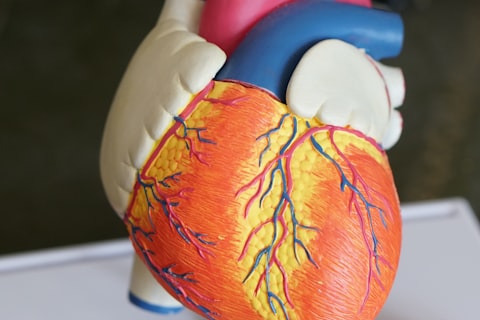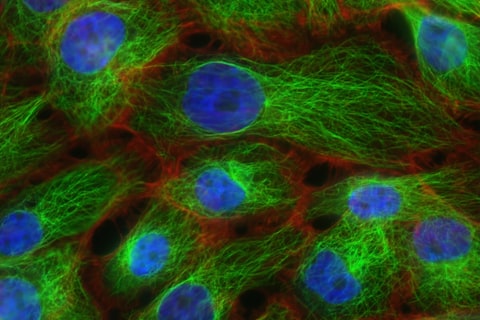The Heart and Blood Vessels: A Symphony of Life-Sustaining Circulation
The Heart and Blood Vessels: A Symphony of Life-Sustaining Circulation
Keywords
Heart Blood Vessels Circulation
Anatomy of the Heart and Blood Vessels
The heart and blood vessels are integral to the circulatory system, with the heart divided into four chambers and the blood vessels comprising arteries, veins, and capillaries.
-
🫀 Heart Chambers: Atria (upper chambers) and ventricles (lower chambers).
-
🛤 Arteries and Veins: Arteries transport oxygen-rich blood; veins carry oxygen-poor blood.
-
🔬 Capillaries: Sites of nutrient and gas exchange.
Figures
Heart and Vascular Structure:
Images


Functions of the Heart and Blood Vessels
The heart's rhythmic contractions drive blood through the vessels, distributing essential substances throughout the body.
-
💓 Cardiac Function: Rhythmic contraction and relaxation.
-
🌐 Vascular Transport: Distribution of oxygen and nutrients.
-
🔄 Capillary Exchange: Exchange of gases and nutrients at the tissue level.
The Circulatory Process
The circulatory system is a continuous loop, with the heart at its core, ensuring the movement of blood to and from the lungs and body tissues.
-
🫁 Pulmonary Circulation: Blood travels to the lungs for oxygenation.
-
🚶♂️ Systemic Circulation: Oxygen-rich blood is sent to the body.
-
♻️ Continuous Cycle: The cycle of circulation is unending.
Cardiovascular Health and Well-Being
Cardiovascular health is crucial for overall well-being, with lifestyle choices playing a significant role in maintaining a healthy heart and vascular system.
-
🏃♀️ Heart Health: Influenced by exercise, diet, and stress management.
-
🩺 Vascular Integrity: Atherosclerosis prevention and blood pressure control.
-
🚴♂️ Circulatory Efficiency: Ensures effective delivery of oxygen and nutrients.
Common Cardiovascular Conditions
Awareness and management of cardiovascular conditions are vital for preventing serious health issues.
-
🩸 Hypertension: Can lead to heart and vessel damage.
-
🚧 Atherosclerosis: Plaque build-up narrows arteries.
-
❤️🩹 Coronary Artery Disease: Can cause heart attacks.
Conclusion: Embracing the Vitality of the Heart and Blood Vessels
Understanding the heart and blood vessels' roles is key to sustaining life and promoting health.
In conclusion, the heart and blood vessels are essential for life, with their health being a cornerstone of overall well-being.


تعليقات
إرسال تعليق